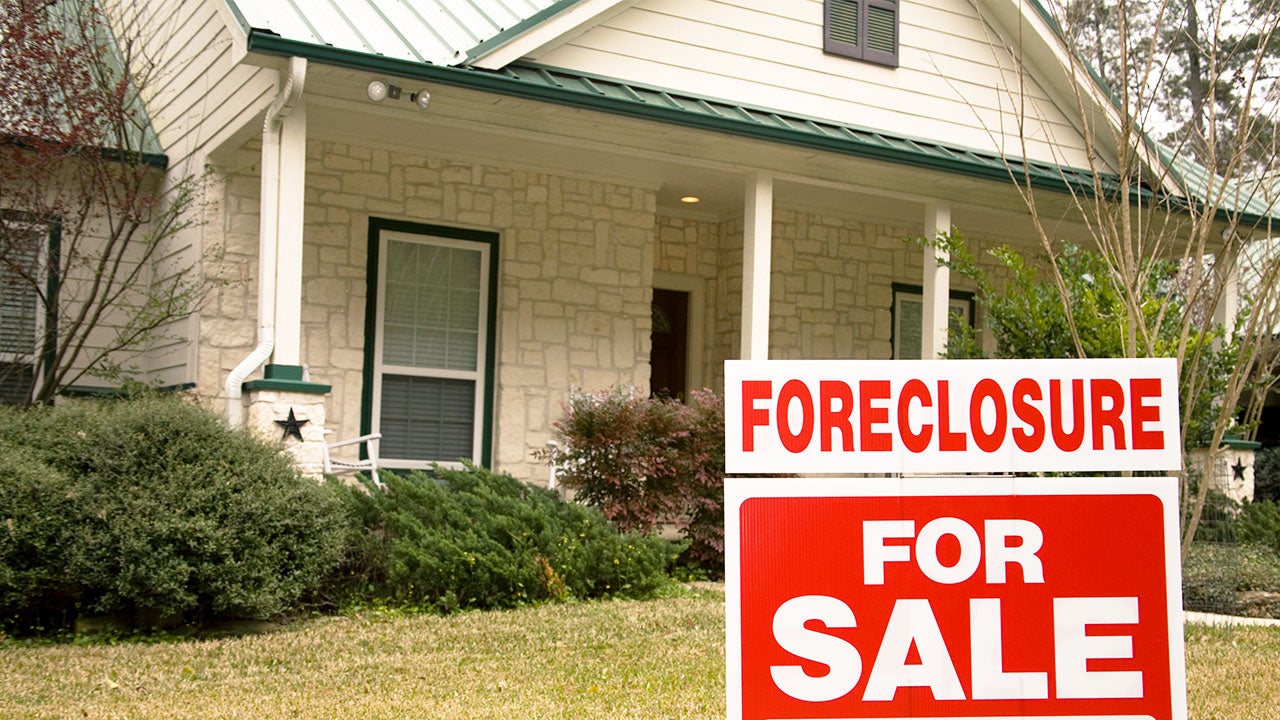What is a notice of default?

Key takeaways
- A notice of default is a public record stating that a borrower is in default on their loan.
- A lender or servicer files a default letter as the first step in the foreclosure process.
- If you ignore a notice of default, you could lose your home — so if you receive one, contact your lender as soon as possible.
If you miss multiple mortgage payments, your lender or servicer might initiate the foreclosure process by issuing a notice of default. Here’s what you should know about these notices, including what to do if you receive one.
What is a notice of default?
If a borrower falls behind on mortgage payments, a lender or servicer may file a notice of default with a court or county recorder’s office.
“A notice of default is essentially a formal wake-up call from your lender,” says Timothy Chase, a mortgage broker and owner of 719 Lending in Colorado Springs, Colorado.
“It’s their way of letting you know you’ve missed payments on your mortgage—usually three or more—and that you’re officially in danger of foreclosure.”
If you receive a notice of default, you’ll generally have 30 days to work out a payment agreement or pay the full owed balance — otherwise, you could lose your home to foreclosure. The default will be reported to the credit bureaus, which can hurt your credit score and potentially make it harder to get approved for a loan in the future.
What does a notice of default look like?
Notices of default include information about the borrower, the mortgage lender and the property. This includes:
- Contact information for the borrower and the lender
- The mortgaged property’s address
- An explanation of the default, the action required to bring the account back into good standing and the deadline for doing so
- The actions the lender will take if the borrower fails to comply
How does a notice of default work?
A notice of default often serves as the first step in a foreclosure. Here’s a closer look at the process, including what happens before and after a lender issues a default notice:
- A borrower skips multiple mortgage payments. A borrower is technically in default after missing one mortgage payment, though lenders typically allow a grace period before they’ll charge late payment fees. If a borrower goes on to miss additional payments without contacting the lender — typically three consecutive payments total — the preforeclosure process begins. By this point, the lender or servicer will have tried to contact the borrower and explain available mortgage relief options.
- Their lender or servicer files a default notice. Depending on the local regulations, the servicer files the notice with the court or a local recorder’s office. The borrower is notified by mail.
- The borrower responds. The default notice explains what the borrower must do to avoid foreclosure. Generally, this involves contacting the lender or servicer to set up a payment plan or repaying the balance in full. Alternatively, the borrower can challenge the notice if they believe that it was received in error.
- Foreclosure begins (in some cases). If the borrower and the lender can’t resolve the overdue payments, or the borrower doesn’t respond, the lender may begin the foreclosure process. This typically occurs when the account is 120 days past due.
What to do if you receive a notice of default
After receiving a notice of default, you should contact your lender immediately, says Matthew Ricci, a home loan specialist at Churchill Mortgage in Cranston, Rhode Island.
“I also recommend seeking legal counsel during – or even before – this process begins,” Ricci says.
Reaching out to your lender as early as possible gives you more time to explore ways to avoid foreclosure — an outcome your lender will likely prefer as well.
“This can feel daunting, but lenders often prefer working with you to resolve the issue rather than going through a costly foreclosure process,” Chase says.
Your lender or servicer should connect you with someone from their loss mitigation department, who will explain your mortgage relief options. These might include:
- Repayment plan: With a repayment plan, you’ll pay back what you owe over a certain amount of time. For example, your lender or servicer might split the total amount owed over six months and add it to your usual monthly payment.
- Forbearance: If you’ve recently lost your job or are dealing with another temporary financial setback, you may be able to go into forbearance. This lets you pause or reduce your mortgage payments for a certain period but requires you to repay the missed amount afterward.
- Loan modification: If you’re dealing with long-term financial hardship, your lender or servicer might offer a loan modification. This changes your mortgage’s interest rate or term (or both) to make your payments more affordable. One example is the Flex Modification program, which lets borrowers extend the repayment term or lower the interest rate on conventional loans, reducing payments by up to 20 percent.
- Short sale: In a short sale, you sell your house for less than what you owe on the mortgage. You may have to repay your lender or servicer the difference between the sale price and your mortgage balance, or you may have the difference forgiven.
- Deed-in-lieu of foreclosure: If you choose this option, you’ll give your lender or servicer the deed to your house. You’ll still lose your home, but you’ll incur less damage to your credit than if you’d gone through foreclosure.
Whatever you do, don’t ignore a notice of default — or you’ll face the difficult realities of foreclosure.
“Once the notice goes unanswered, the lender can move forward with foreclosure proceedings,” Chase says. “This means not only losing your home but also facing long-lasting damage to your credit score.”
“By not addressing the notice, you also forfeit the chance to negotiate with your lender or explore alternatives like selling the home on your terms,” Chase says.







